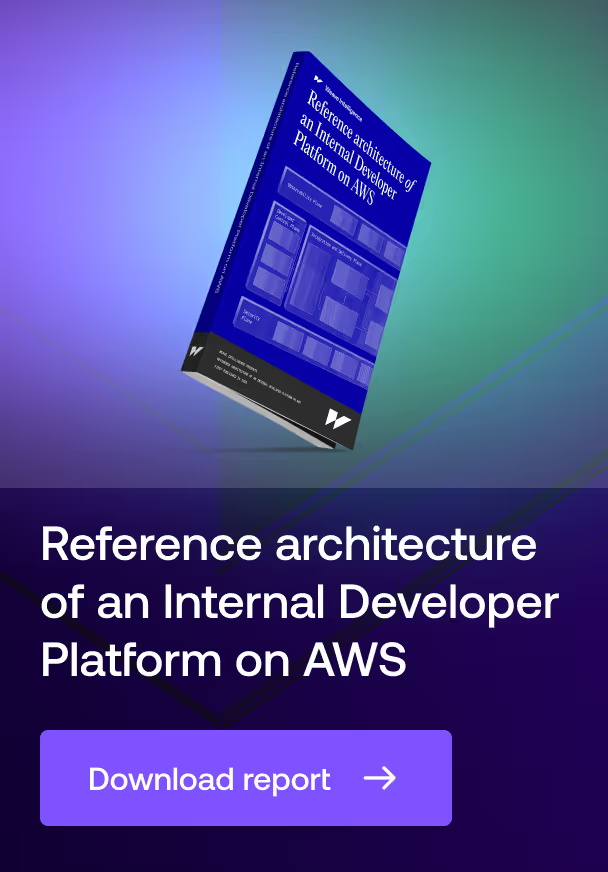Profile
Crossplane is an open-source control plane framework that extends Kubernetes to orchestrate infrastructure and applications across multiple cloud providers. Built on proven Kubernetes patterns, it enables organizations to build sophisticated internal cloud platforms with declarative, API-driven management capabilities. As a CNCF incubating project with broad enterprise adoption, Crossplane has established itself as a mature platform engineering solution that unifies infrastructure and application management through consistent, Kubernetes-native interfaces.
Focus
Crossplane addresses the fundamental challenge of managing complex, multi-cloud infrastructure while maintaining governance and control. It eliminates the fragmentation caused by provider-specific tools by providing a unified control plane for infrastructure orchestration. The framework serves platform engineering teams who need to deliver self-service infrastructure capabilities to developers while enforcing organizational standards and security policies. Its architecture enables consistent management patterns across cloud providers while reducing operational overhead through automated reconciliation and drift correction.
Background
Originally created by Upbound, Crossplane has evolved from an infrastructure management tool to a comprehensive control plane framework under CNCF governance. The project maintains vendor neutrality through a diverse steering committee including representatives from Apple, Nokia, and Upbound. Notable adopters include Nike, Autodesk, NASA Science Cloud, and Michelin, with the latter reporting 44% reduction in platform costs. The project operates under Apache 2.0 licensing with strong community governance and transparent development processes.
Main features
Declarative cloud resource management through providers
Providers serve as pluggable components that enable Crossplane to interact with various cloud platforms and services. Each provider introduces Custom Resource Definitions (CRDs) that represent cloud resources as native Kubernetes objects, allowing unified management through familiar kubectl commands. This architecture enables consistent handling of resources across different cloud providers while maintaining provider-specific optimizations and capabilities. The provider model supports major cloud platforms, specialized services, and on-premises systems through a standardized interface.
Composable infrastructure templates with policy enforcement
The Composition system enables platform teams to create reusable infrastructure templates that abstract complex multi-resource deployments into simplified APIs. These templates encode organizational standards, security policies, and best practices into declarative configurations that application teams can consume. Compositions define how multiple managed resources should be configured and interconnected, enabling sophisticated infrastructure patterns while maintaining security and compliance requirements. This abstraction layer allows platform teams to evolve underlying implementations without impacting application developers.
Continuous reconciliation and self-healing capabilities
Crossplane implements a sophisticated reconciliation engine that continuously monitors and maintains the desired state of managed resources. Controllers automatically detect and correct configuration drift, ensuring infrastructure remains compliant with declared specifications. This self-healing capability reduces operational overhead and improves system reliability by automating recovery from failures and inconsistencies. The reconciliation system handles complex dependency relationships between resources while maintaining eventual consistency across distributed cloud environments.






